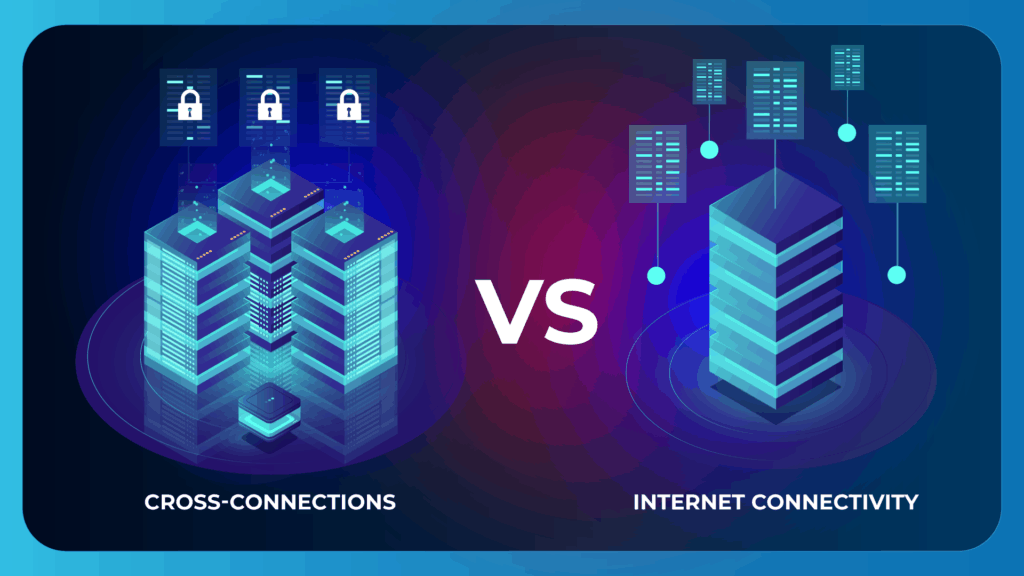News
Stay up to date with everything that’s been going on with Centroid and around the trading world

7 Bridge Features Every Retail Broker Should Look For
What Is a Bridge Engine and Why Brokers Need It
A connectivity bridge is an essential component in brokerage operations, enabling seamless integration and communication between trading platforms and liquidity providers. It processes and routes orders to the appropriate parties, manages risks effectively, and ensures platform stability.
Brokers rely on a bridge engine to streamline trading operations, maintain operational efficiency, and provide a stable trading environment. By enabling smooth connectivity and reliable order management, the bridge engine serves as a vital tool for ensuring the success of brokerage operations.
1. Flexibility to Connect with Multiple Liquidity Providers
To provide competitive spreads and a diverse range of products with deep liquidity, brokers need access to multiple liquidity sources. This can be achieved through a multi-asset connectivity bridge, enabling brokers to seamlessly integrate various liquidity providers (LPs).
With such a solution in place, brokers can diversify their product offerings, aggregate liquidity, build larger liquidity pools, and even designate backup LPs to ensure uninterrupted operations in case of primary LP issues.
2. Support for Multiple Trading Platforms
Many brokers operate across multiple trading platforms such as MT4, MT5, cTrader, and others, with some managing several platforms simultaneously. A multi-asset connectivity bridge, like the Centroid Bridge Engine, which supports over 15 trading platforms, is essential for streamlining operations and efficiently managing client activity from a centralized hub.

3. Smart Order Routing
Smart Order Routing (SOR) enables brokers to customize execution strategies for different account groups or individual clients. This approach enhances risk management while delivering an optimal execution experience for customers. While especially effective for brokers handling high volumes of retail trades, where execution speed and efficiency are critical, SOR also benefits brokers across various trading environments by providing greater control and flexibility.
4. Operation Management
In today’s dynamic and volatile markets, retail brokers must operate with efficiency and flexibility to address both ongoing and ad hoc challenges. A Connectivity Bridge, such as Centroid Bridge, offers an intuitive interface for seamless management and configuration. With features like on-the-fly configuration updates and rule-based criteria, brokers can enhance operational efficiency by making manual adjustments or automating parameter changes when predefined thresholds are met.
5. Built-in Risk Management Features
Risk management is a cornerstone of any successful brokerage business. With integrated risk mitigation features, brokers can define and implement tailored thresholds to manage exposure effectively and maintain stability in client trading activity. For example, tools like scalper detection and mitigation help brokers identify and address high-risk behaviors proactively.
6. Real-Time Notifications and Alerts
Execution, connectivity, or pricing issues can cause significant disruptions. A bridge engine with real-time alert systems ensures brokers are promptly notified of any problems, enabling them to respond quickly and maintain platform stability.
7. Advanced Reporting and Analytics
Comprehensive reporting features available in a connectivity bridge system provide brokers with critical insights derived from the order details processed through the bridge. These reports allow brokers to generate comprehensive order summaries, while some data is further analyzed and presented as charts for better visualization and decision-making.









